Monday and Thursday are studio days. On these days in particular, the third floor undergraduate studio is filled with a frenetic energy of design, research, and exploration. Students can usually be found talking excitedly with design professors and classmates in a habitat saturated with trace sketches, study models, and empty coffee cups. Every week we’ll share a completed project, churned out from this energetic studio environment.
Interested in having your work featured on our STUDENT WORK Monday series? Check out our BRIDGE Contact page for submission details.
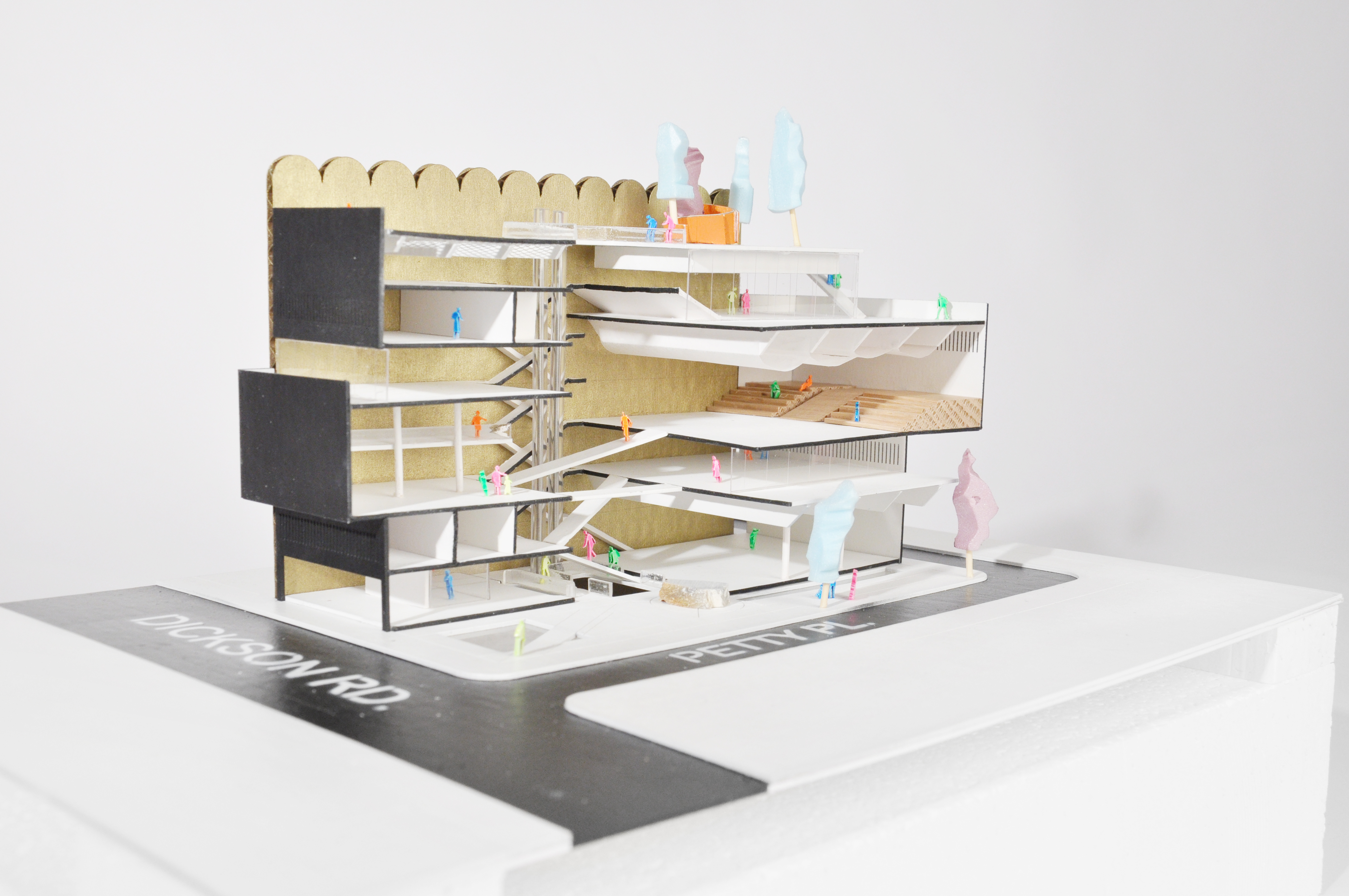
2A Studio | A Platform for Observation by Felix Yang
Studio Instructors: Adrian Blackwell (coordinator), Marie-Paule Macdonald, Christos Marcopoulos, Ryszard Sliwka, Scott Sørli, Delnaz Yekrangian Studio Description: The final project of the 2014 2A studio was to design a public space in downtown Cambridge. The space will have two parts, an indoor component – a public building, or buildings – and an outdoor component – a public square. The function of both elements is to provide an infrastructure that expands the capabilities of the residents of The City of Cambridge, beyond the functions of public administration and the private working of the economy. The space, or spaces you design will accommodate both cultural and recreational uses, spaces for the exercise of both the mind and body. As George Baird has recently pointed out, all public spaces can be used in a great number of ways, ranging from a charged political event, to a casual and relaxing day of people watching or exercising. Baird argues that this spectrum ranges from political “action” to casual “distraction” referring to the work of two important philosophers who have thought in innovative and surprising ways about public space: Hannah Arendt and Walter Benjamin. Project Manifesto: I am interested in the awareness of being. For many, this awareness stays deep in the subconscious. Life is filled with busyness and the individual is left unaware of their relationship to the outside world. As conscious human beings we are thrown into the world without understanding, disoriented. Life is spent figuring out how to counteract this state of thrown-ness. Public space can be used to reach self-awareness. By observing and engaging in community actions, one can begin to form a consciousness of their own being. The building is organized in two stacks of program where various activities can be viewed from frames within the atrium. Programs are connected by bridges to promote interaction between user groups, and to encourage individuals to meet one another. 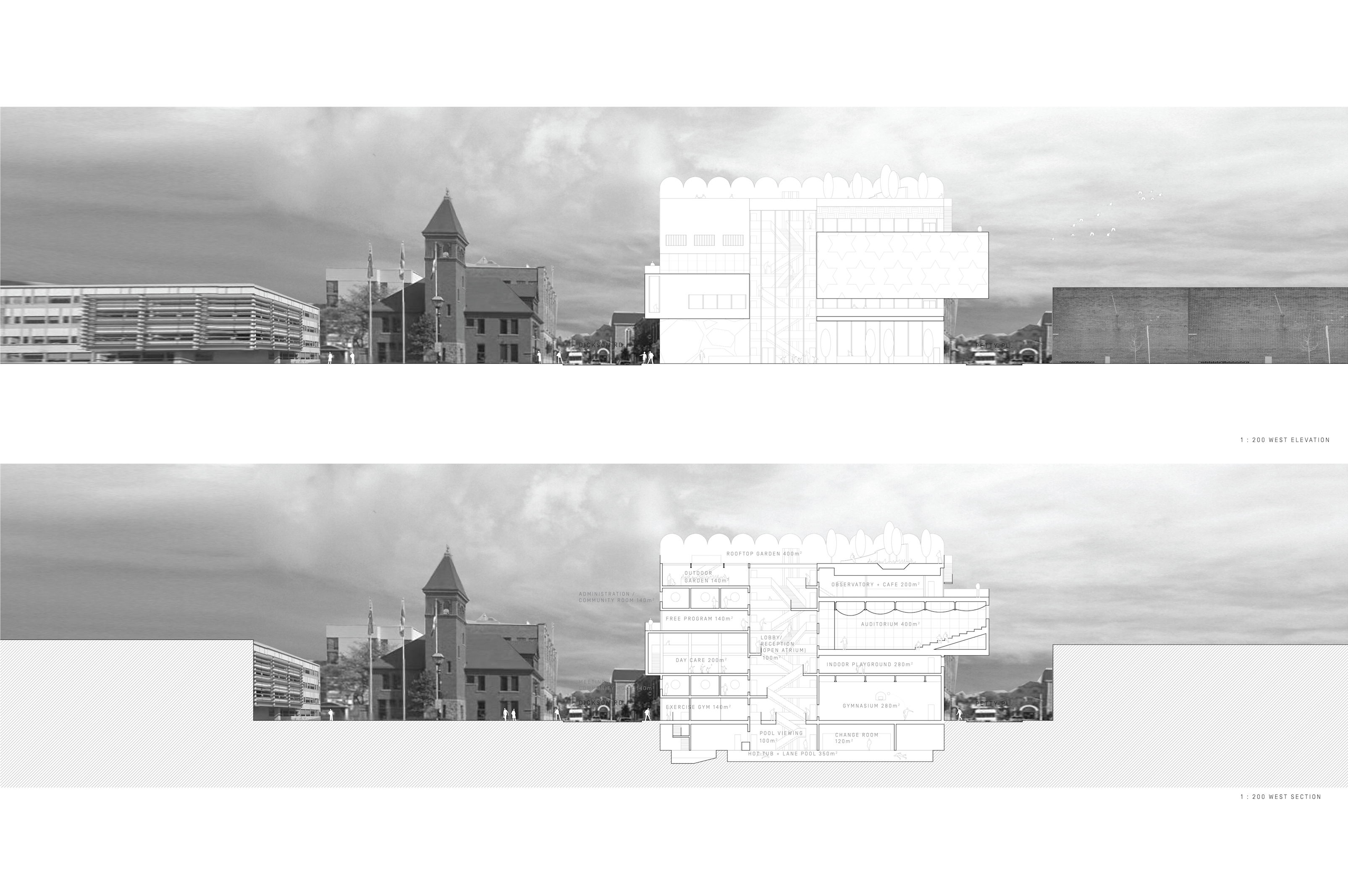
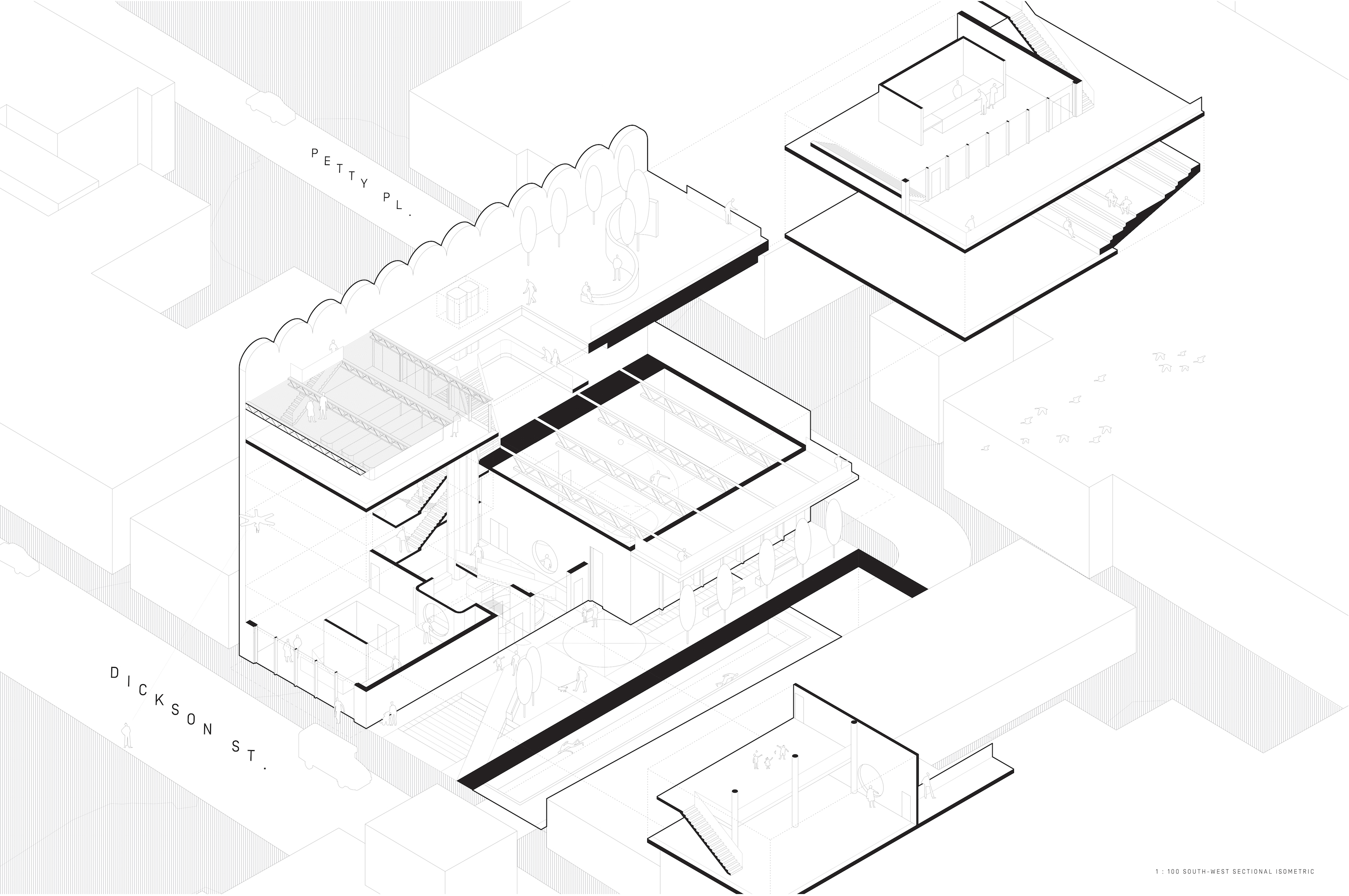


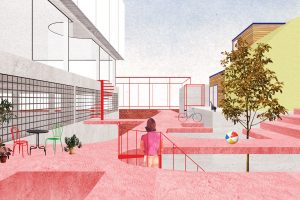
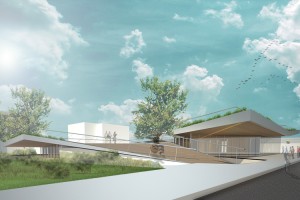
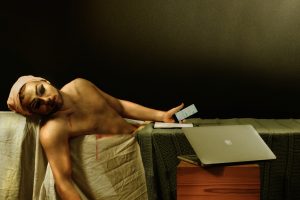
Leave a Reply